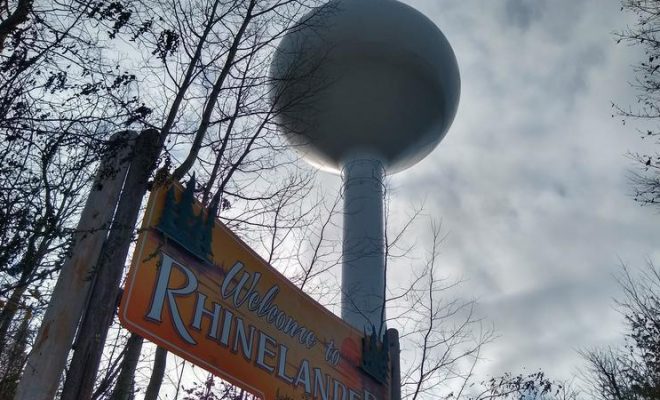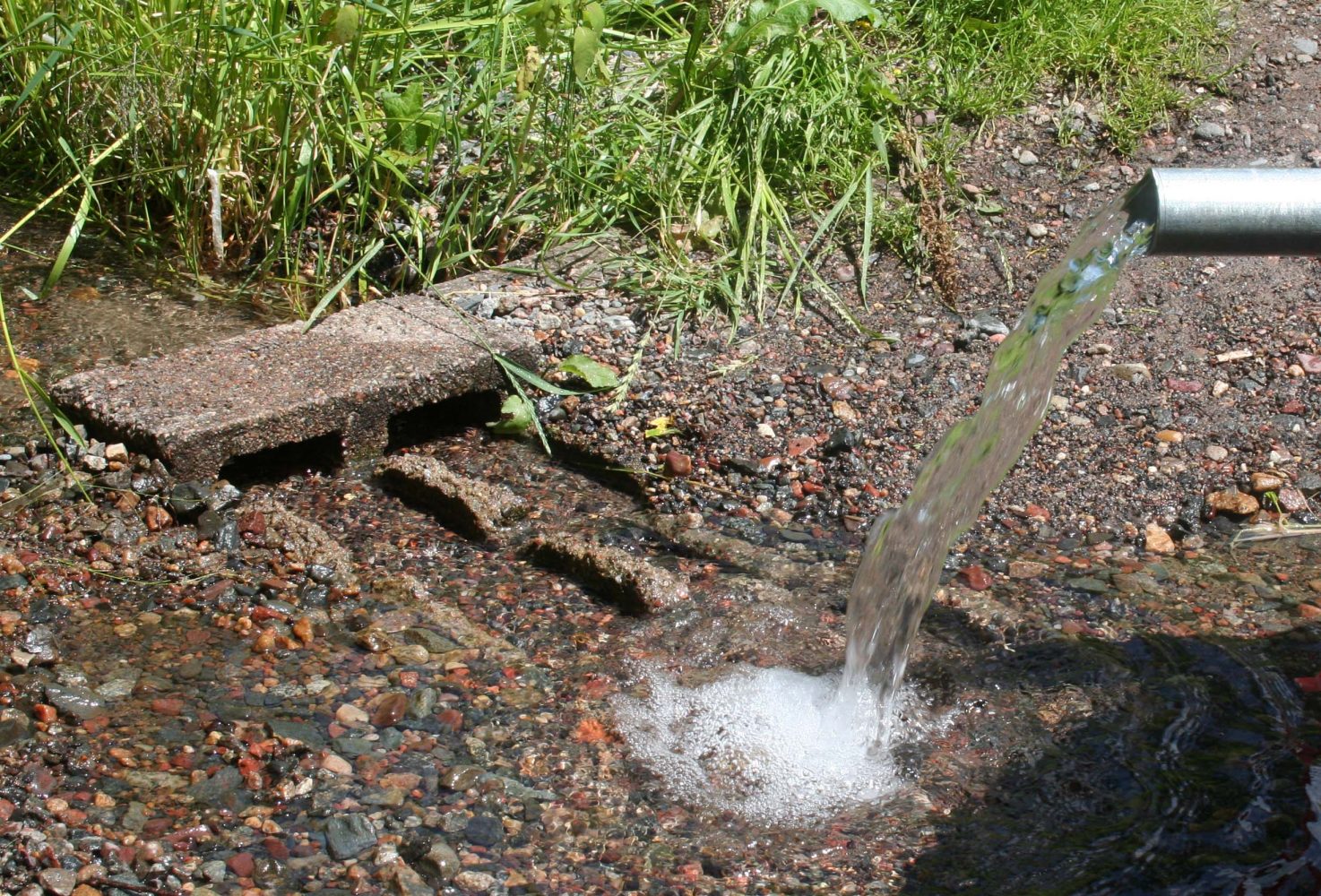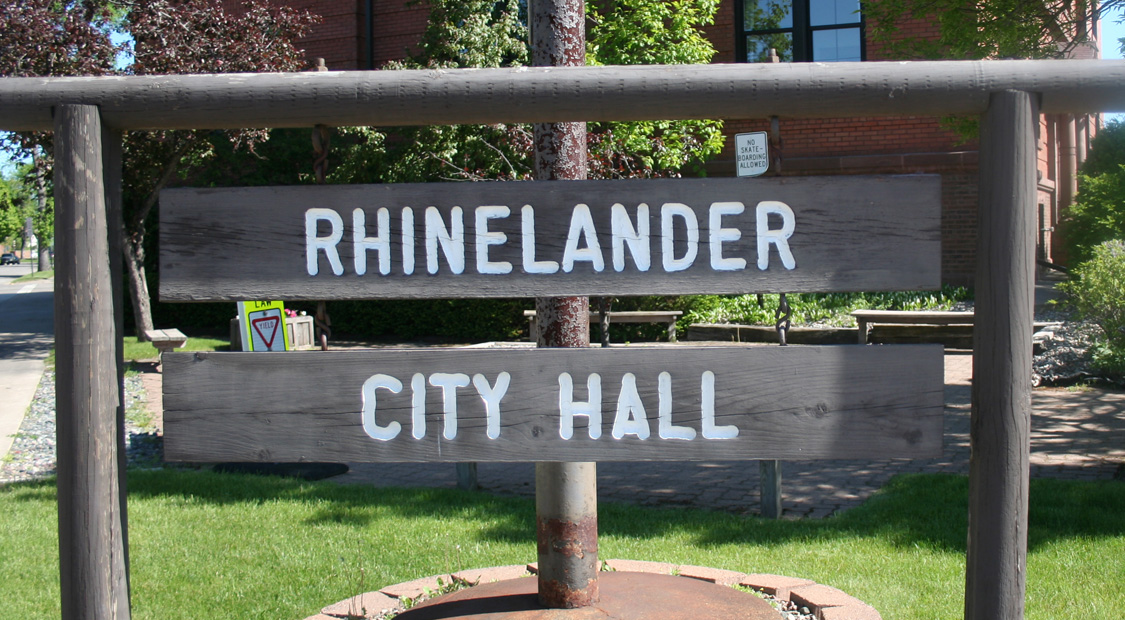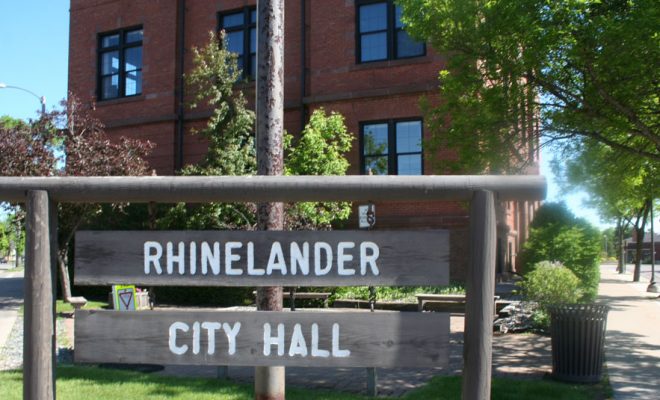Testing shows only ‘trace amounts’ of PFAS discharging from old Rhinelander landfill

By Ben Meyer
WXPR
Only “trace amounts” of PFAS were found in liquid discharged from the long-closed City of Rhinelander landfill, new testing shows.
The testing was part of an effort to identify sources of PFAS contamination in Rhinelander-area water. High levels of PFAS forced the city to shut down two of its five municipal drinking water wells in 2019.
“I am pleased to report that our first round of analytical samples of five samples from the City of Rhinelander Legacy Landfill contained relatively low-levels of PFAS, as might be expected for a common municipal solid waste landfill,” said Dr. James Tinjum, who the city hired to consult on PFAS issues.
PFAS refers to a group of manmade chemicals that, when ingested, is linked to health risks including cancer. Tinjum suggested testing for PFAS in the leachate, or discharge liquid, from the former city landfill, which is located behind the former Shopko building. The landfill has been closed for about 40 years.
The Rhinelander Common Council approved the testing in July at a cost of $15,000. Sample collection took place thereafter.
“Results indicated trace amounts of PFAS and its variants that are similar to levels that the State of Michigan found in a state-wide study of their landfills,” the city announced in a press release on Wednesday.
The city said it planned additional testing on monitoring wells adjacent to the landfill next year. It also wants to evaluate the soil and groundwater in close proximity to municipal wells 7 and 8, the two wells shut down due to PFAS contamination.
Those wells are located at the Rhinelander-Oneida County Airport. Last December, the DNR labeled the airport as a “Responsible Party” for the situation, a designation the airport has disputed.
In May, a WXPR investigation showed the City of Rhinelander spread hundreds of tons of wastewater sludge at the airport, near the site where the now-contaminated wells were later drilled. Experts have said this, also, is a possible source of the contamination.
Leave a reply
You must be logged in to post a comment.





